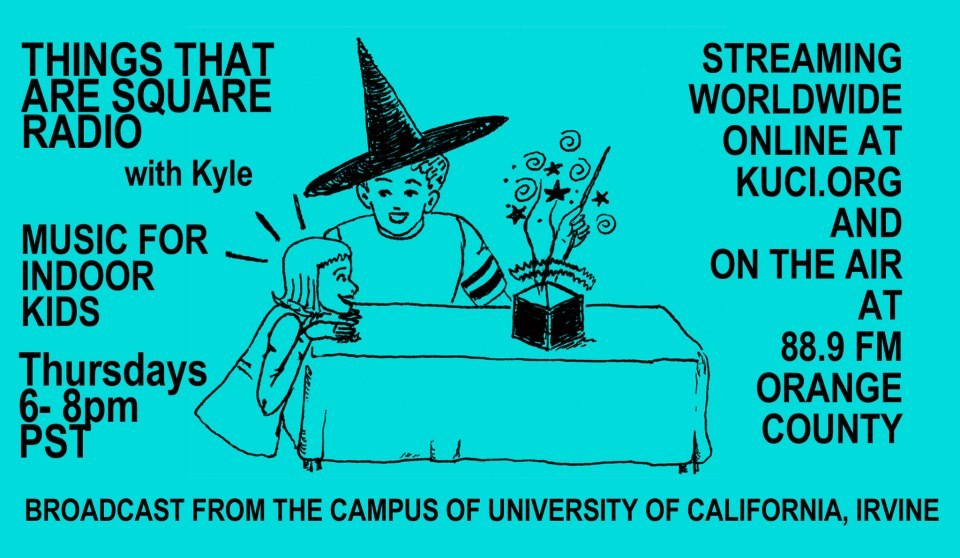Genre Research Project 61/1360: Soul Jazz
Soul jazz is often associated with hard bop. Mark C. Gridley, writing for the All Music Guide to Jazz, explains that soul jazz more specifically refers to music with "an earthy, bluesy melodic concept" and "repetitive, dance-like rhythms…. Note that some listeners make no distinction between 'soul-jazz" and 'funky hard bop,' and many musicians don't consider 'soul-jazz' to be continuous with 'hard bop.'" Roy Carr describes soul jazz as an outgrowth of hard bop, with the terms "funk" and "soul" appearing in a jazz context as early as the mid-1950s to describe "gospel-informed, down-home, call-and-response blues." Carr also notes the acknowledged influence of Ray Charles' small group recordings (which included saxophonists David "Fathead" Newman and Hank Crawford) on Horace Silver, Art Blakey, and Cannonball Adderley.
Soul jazz developed in the late 1950s, reaching public awareness with the release of The Cannonball Adderley Quintet in San Francisco. Cannonball Adderley noted: "We were pressured quite heavily by Riverside Records when they discovered there was a word called 'soul'. We became, from an image point of view, soul jazz artists. They kept promoting us that way and I kept deliberately fighting it, to the extent that it became a game." While soul jazz was most popular during the mid-to-late 1960s, many soul jazz performers, and elements of the music, remain popular. The Jazz Crusaders, for example, evolved from soul jazz to soul music, becoming The Crusaders in the process. Carr places David Sanborn and Maceo Parker in a line of alto saxophonists that includes Earl Bostic and Tab Smith, with Adderley, followed by Lou Donaldson, as the strongest links in the chain.


0 Comments:
Post a Comment
Subscribe to Post Comments [Atom]
<< Home